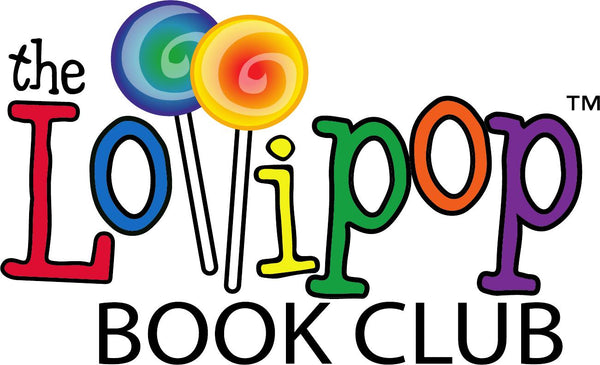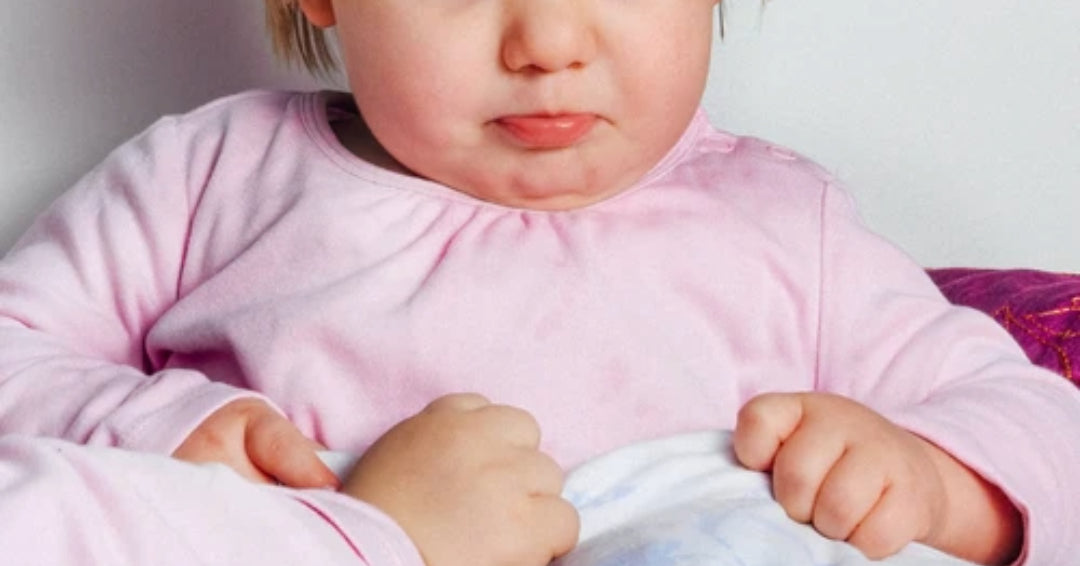Fortunately, most toddlers pass through a hitting phase fairly quickly and learn other, more effective ways to resolve conflict. Even so, this negative form of expression is one that parents and caregivers want to nip in the bud as quickly as possible.What begins as a seemingly minor innocent can quickly escalate into more serious bullying behavior. Reading children's books about not hitting others is a good strategy to eliminate physical violence. These books will help open a conversation with toddlers about other ways to handle their anger.

A simple, durable board book for toddlers with simple words and bold pictures. Each of the pages shows something positive that little ones can do with their hands. Lively, diverse characters use their hands in loving, helpful ways in a variety of scenarios. The emphasis is on the positive, loving ways to use hands instead of hurting others.
Toddler Books Address Hitting, Shoving, and Pushing
Toddlers and young children who have strong emotional reactions may resort to shoving and pushing anyone who gets in their way. It's a fairly common behavior amongst little ones who don't have the vocabulary to express their feelings. Sometimes little ones resort to other negative behaviors as well, like biting and other forms of aggression. Toddlers who are in the middle of an angry outburst need to be reprimanded for their behavior. However, it is important to give your little ones tools to handle their anger without turning to physical aggression. Reading books about characters who learn not to push is an effective way to address this behavior when the child is in a calm emotional state. The stories provide alternative ways for kids to express their emotions without resorting to physically attacking another child.

Toddler Books About Not Hitting
It is always a good idea to talk to toddlers about hitting, pushing, shoving and other acts of physical aggression when they are not in the midst of a temper tantrum.Think about including some books that might touch upon why a child is resorting to hitting, like stories addressing jealousy. Getting to the root cause of the behavior is a key step in understanding how to address it in the future. Reading books about characters who use their hands instead of words to get what they want is an excellent strategy to prevent, or at least mitigate, the next incident. Some other valuable lessons are shared in stories about stealing, another common occurrence among toddlers and young children who often take things that don't belong to them. Investing some quality time reading stories about communicating wants and needs while your toddler is feeling happy and content will pay off in the long run. These books also examine social situations that trigger a child to hit others. Many times, especially in daycare or other group setting, toddlers will hit to others to get a toy or something else they want.

Little Dinos Don't Hit
Dino may be little, but he is very strong. In this board book, Dino learns that his hands should not be used to hit his brother, sister, or even his grandma. Vibrant illustrations of cute (and a tad ferocious) dinosaurs paired with simple text sends a message to toddlers that hitting is never the answer. Positive behavior and actions are reinforced as an alternative to hurting others in moments of anger.

No Hitting!
Best-selling author Karen Katz always finds a way to deliver a message that appeals to toddlers. Using bold colors and oversized images, little readers will be immediately drawn to this story. A variety of scenarios triggered by anger children play out across the pages. In each one, an acceptable reaction is suggested. For instance, kids can hit pots and pans, not people! Humorous illustrations adds some levity to this frustrating topic.

Hands Are Not for Hitting
This helpful book emphasizes all of the wonderful ways children can use their hands. Making music, playing with friends, learning to count, and helping others. In very simple, direct terms, the book delivers a clear message that hands should never be used for hitting. No matter how angry or frustrated a child feels, violence is never an appropriate way to respond.

What To Do When You Feel Like Hitting
Expressive illustrations capture the angry emotions of the characters who learn that hitting is never okay. Little readers will learn about other ways to put their hands to use when they feel mad. Suggestions include gently squeezing a stuffed animal or even drawing a picture to express their anger. Toddlers will learn that their feelings are normal, but they cannot use their hands to take out their anger.

It's Tough to Be Gentle: A Dragon's Tale
Sometimes kids struggle with unintentional, aggressive behavior. In this relatable story, Dragon desperately wants to make friends with some tiny, fragile baby birds. No matter how hard he tries to use a gentle touch, his overpowering strength takes over. Through a lot of guidance and practice, this lovable, fire-breathing creature eventually learns how to control his hands. This story is perfect for kids who are a bit misunderstood and just need a little redirection.

Little Dinos Don't Push
A very simple story for toddlers who have developed a pushing habit, just like this dinosaur. There are lots of examples when it is not okay to push, primarily involving other people. And then there are some situations when it is perfectly fine, like pushing toy cars.

Pushing Isn't Funny
Pushing is a form of bullying that can extend beyond the toddler years. In this story, a raccoon named Bailey is the victim of a dog who pushes and shoves him in the hallways at school. He learns how to react and protect himself from physical bullying in a safe and effective manner. This book opens a discussion with children who are both the perpetrators and victims of pushing, shoving and other forms of physical aggression. The author offers helpful advice and guidance for this common albeit negative behavior.

No More Hitting for Little Hamster!
A little hamster has a bad habit of hitting other animals. He soon finds himself without any friends, and feels lonely. The cute, furry victims of his aggression express how they feel when hamster hits them. When a new animal joins the group, hamster doesn't hit it and they soon become friends. This darling book about hitting that tells both sides of the story- that of the aggressor and the victim- may be exactly what your toddler needs to read.

Express Your BIG Emotions With No Hitting
Written by a child psychologist, this picture book is both a story for children as well as a guide for parents. The story covers the size and scope of emotions that toddlers experience, and how they can become quickly overwhelmed by their feelings. Young children often turn to aggression as a way to express and release their anger. Through examples in this helpful book, kids will learn better ways to handle their feelings. In addition, parents and caregivers will understand how to identify signs before an outburst occurs, as well as effective methods for handling hitting, pushing, shoving and other bad behaviors.

No Hitting, Henry
Henry has a bad habit of hitting whenever he doesn't get his way. He gets angry when someone leaves him out or he is forced to go on errands with his father. And then he responds by hitting, pinching, and using his hands in other bad ways. This helpful book presents a variety of scenarios that provoke anger and then offers three different ways to respond. Two of responses are wrong, and one of them is the right one. Kids will love enjoy this engaging story and parents will appreciate the opportunity it provides to talk about non-violent ways of expressing anger.

Stop Hitting, Tim!
This book touches upon a common occurrence among preschoolers who are just learning how to socialize. Jed is invited over to Tim's house for a playdate. In preparation for this visit, Tim put the toys he was not prepared to share away in his room. But, he forgot one of his prized possessions in the living room. When Jed finds this toy and begins to play with it, Tim loses his temper and hits Jed on the arm. The situation escalates until Tim's mom intervenes and helps the boys sort things out. This story is especially pertinent to kids learning how to get along with others in their own homes and sharing their personal toys.

Gentle Hands and Other Sing-Along Songs for Social-Emotional Learning
The lyrics to popular children's songs, such as Frère Jacques and B-I-N-G-O, have been rewritten to teach kids a thing or two about emotional control and maturity. Vibrant pictures of little cherubs smiling and getting along nicely reinforce the importance of being kind. There are lots of important lessons, like how to conquer fear, ways to be a good friend, and last but not least, to use gentle hands that never hit.

No More Hitting
Feeling left out and frustrated, Little Hamster is having a tough day. His friends won't include him in their playtime because when his temper flares, his little paws pack a painful punch. This heartwarming story explores Little Hamster's journey as he learns the value of gentle hands and kind interactions, showing young readers how much more enjoyable playing together can be when everyone treats each other with respect.

That's My Truck!: A Good Inside Story About Hitting
Charlie steps inside to find his little sister, Pia, happily playing with his truck—not just any old truck, but his absolute favorite. In a flash, big feelings bubble up inside Charlie, completely taking over. Before he can even think, his hand lashes out, and he hits Pia—ouch, that really hurt! This insightful story does more than just narrate a common childhood scenario. It offers parents helpful ideas and ways to deal with behaviors like hitting. More importantly, it gently guides children to understand that their actions don't define who they are and teaches them how to navigate those overwhelming emotions.
The Lollipop Book Club is a participant in the Amazon Services LLC Associates Program, an affiliate advertising program designed to provide a means for sites to earn advertising fees by advertising and linking to amazon.com.






